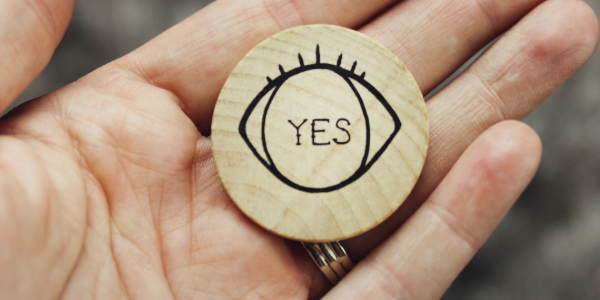 Symptoms:
Symptoms:
Cliff was surprised. He assured the customer how things would work out and, when the customer disagreed, he told him again. And again, and again. Then his manager got an angry phone call asking Cliff not be sent back into the account because the client didn't see any way for him to handle their account to their satisfaction. Cliff was indignant. Didn't the client understand that Cliff was the expert and knew best what the client really wanted and needed?
Diagnosis:
Cliff needs to become an Active Listener. An active listener does just that. He listens and tries to see the prospect's point of view, paying attention not only to the words spoken, but to the thoughts and ideas, as well as the content. Cliff is too busy trying to figure out which part of his pitch he is going to deliver next. His ego has taken over and the only thing on his agenda is making sure the client understands that he has the right answer. Without the proper questions and hearing the answers, Cliff can only keep talking instead of truly listening and comprehending.
Prescription:
Here are some tips on how to become an Active Listener:
- Concentrate by focusing your attention on the person and only them.
- Maintain eye contact.
- Acknowledge the person by demonstrating your interest and attention.
- Be curious about everything.
- Use cushions like "makes sense" and "glad you asked that" without over-doing it and sounding superficial.
- Ask good questions and gather information about the situation. Do you pause to consider what they just said or just jump to your next thought?
- Sense the non-verbal messages they are sending out. Is your tone and pace something they are comfortable with?
- Do you know how often you say "Sorry to interrupt, but ... "
- Ask if it's OK to take notes to show you are interested.
Active Listeners listen behind the words for the thoughts and feelings and listen between the words for what is not being said aloud.
Sometimes prospects reveal more by what they don't say than what they do say. There are several ways to hear the emotions behind the words. Eye contact, body language, pitch and tone are just a few examples. The only way to listen is to quit talking.
Critical Thinking:
Do you ever catch yourself telling more than listening? Do you have any tried and true tips/hacks to break your word vomit train and get your customer back into the telling side?
The Drill
Final Thought for the Morning:
"Courage is what it takes to stand up and speak; courage is also what it takes to sit down and listen." - Winston Churchill
“It was impossible to get a conversation going because everybody was talking too much.” ~ Yogi Berra
Your Top 3 Goals & Tactics for the Week
LAST WEEK: Update us on how things went last week with your stated Goals and GD Tactics.
THIS WEEK: Please share your Top 3 Goals for this week and the GD tactics you plan to deploy.
Photo by Michael Dziedzic on Unsplash







